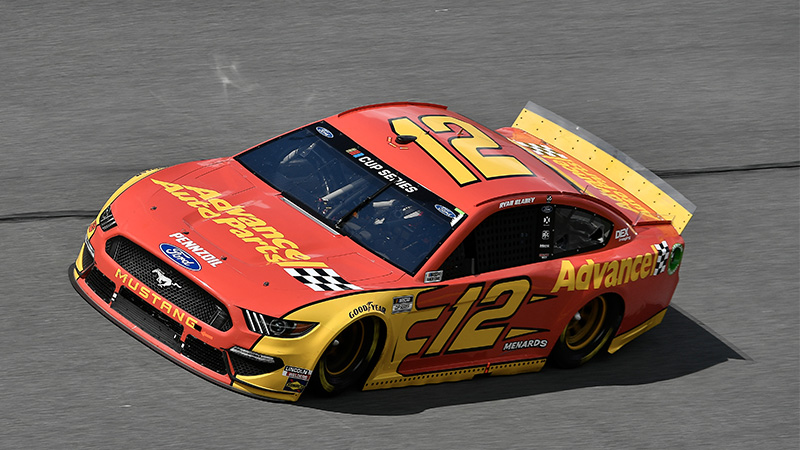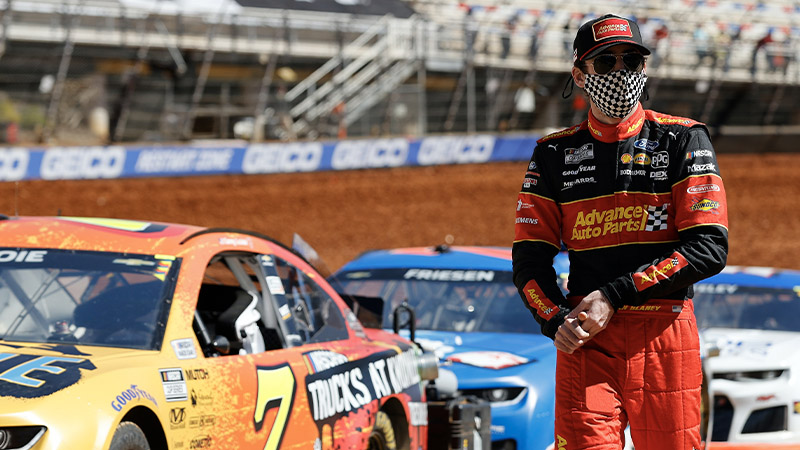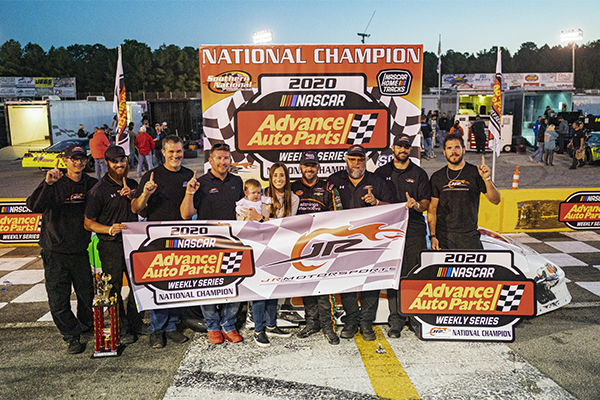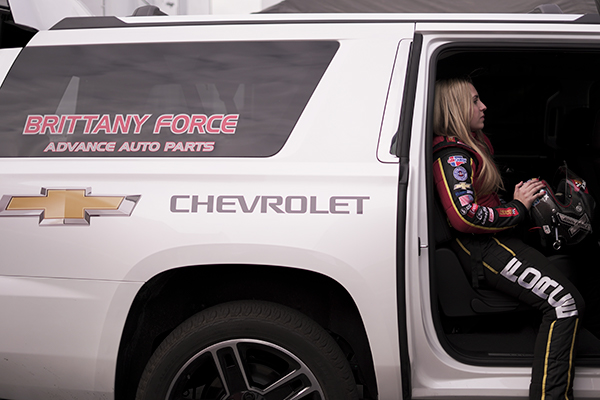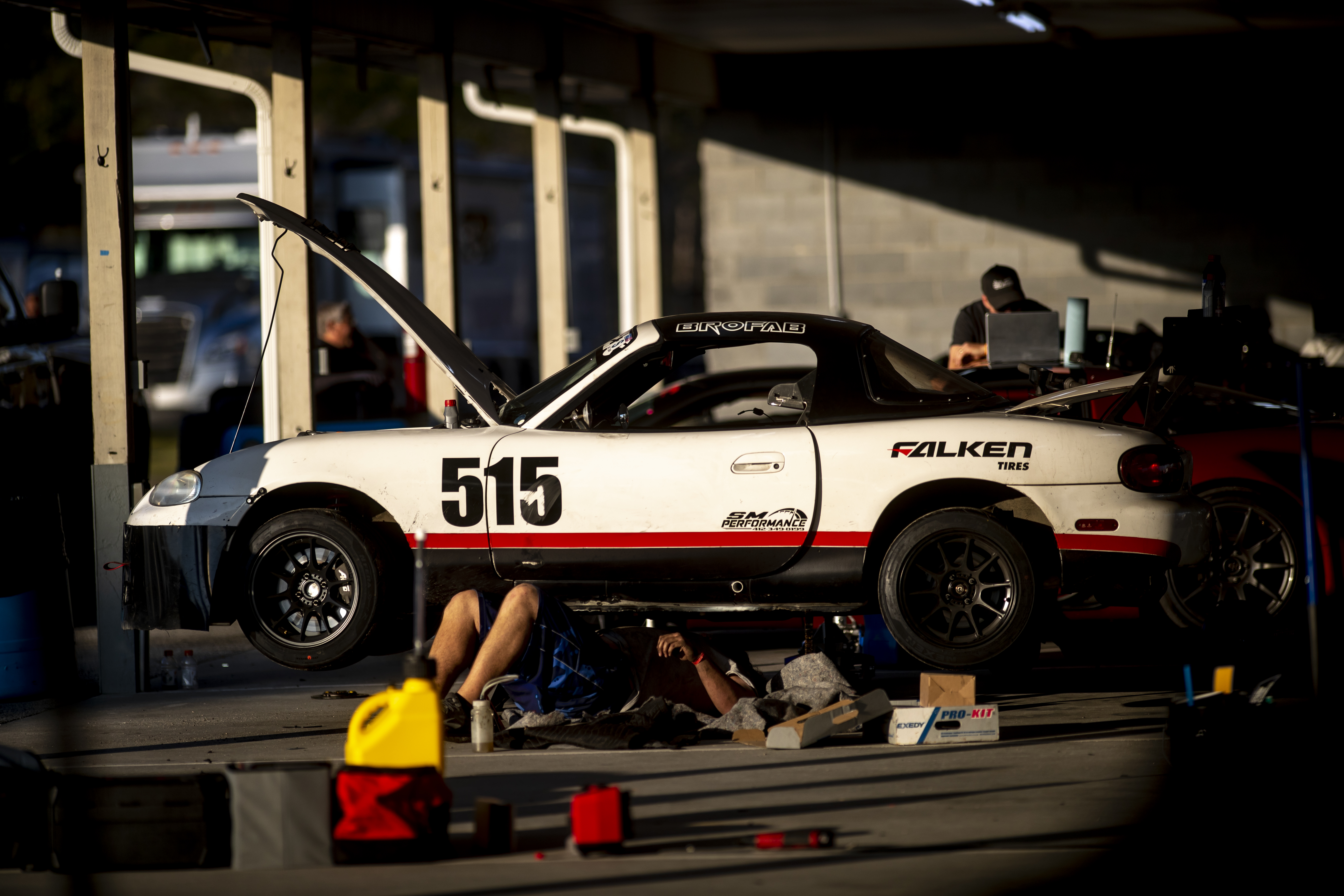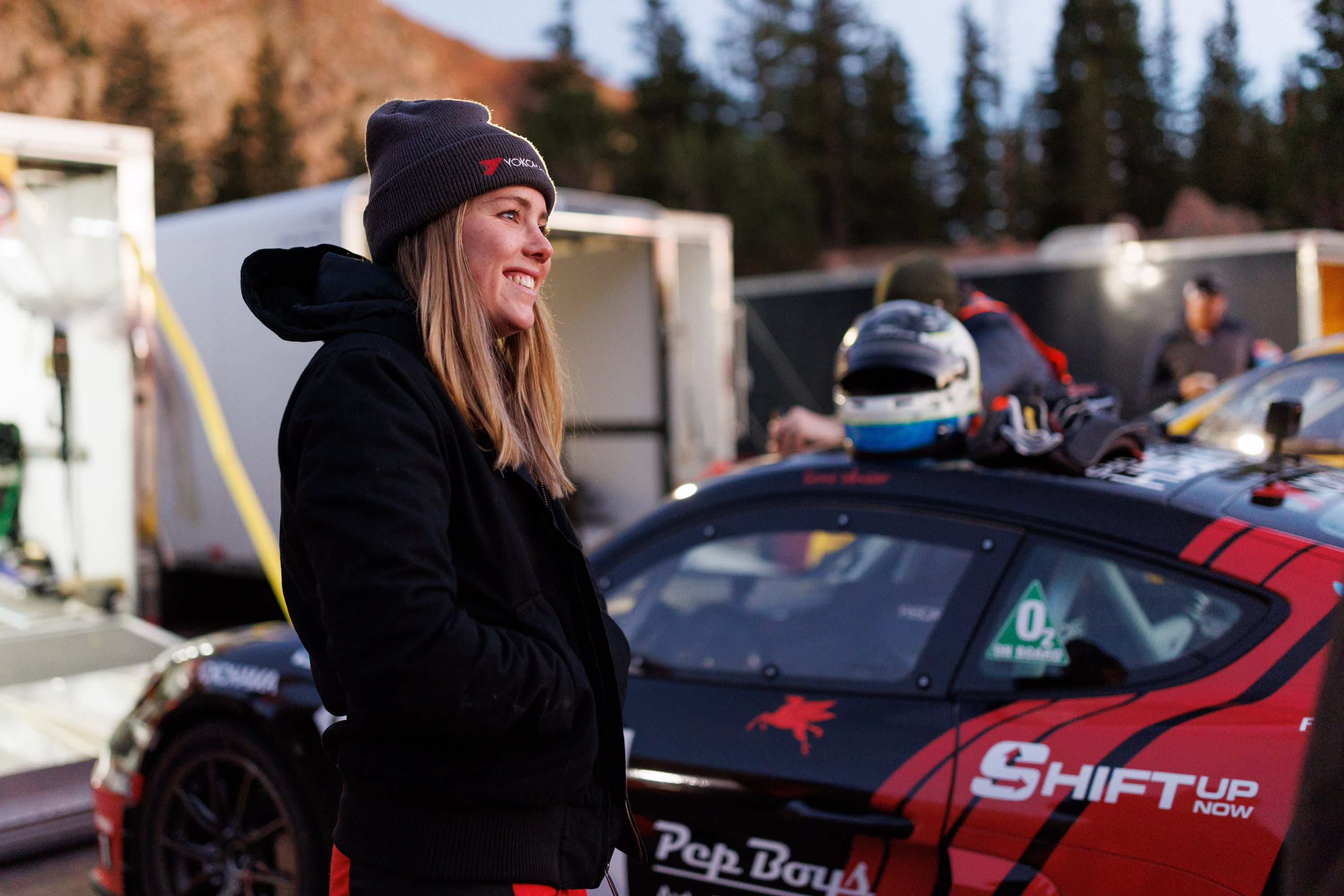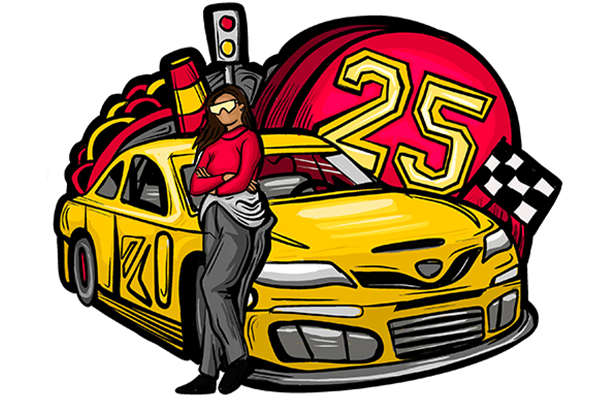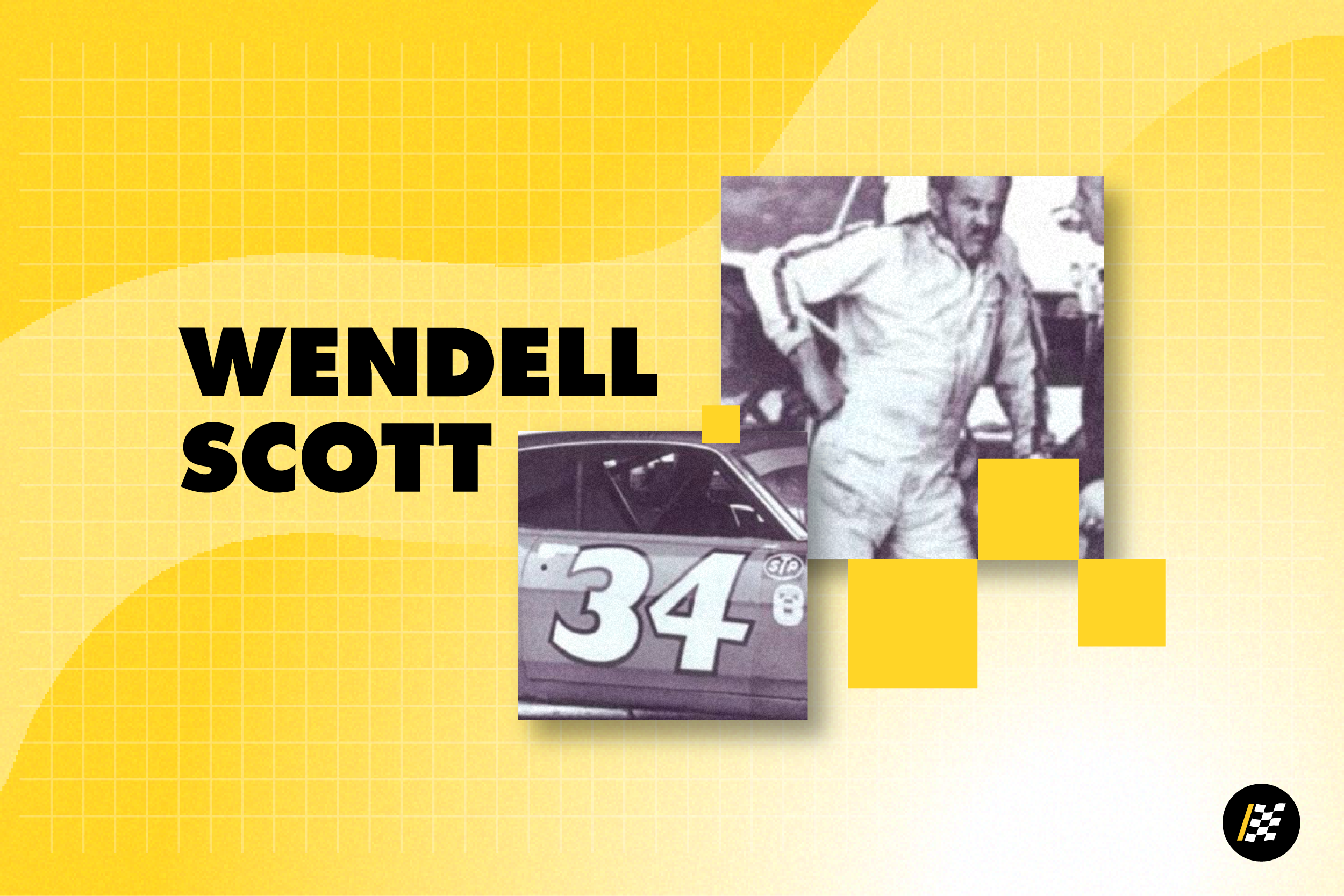“There are only three sports: bullfighting, motor racing, and mountaineering; all the rest are merely games." ― Ernest Hemingway
You probably know about NASCAR's Gen-6 Cup cars, from engine power to suspension design and top speeds at different tracks. But what about the tech specs on the drivers? Are they actually athletes? Is NASCAR a sport? If you're bored with football or annoyed by the slow pace of baseball, here's why the sport of NASCAR should shift into your viewing schedule.
Racing is Hot
With a starting price of around $200,000, you might expect these “stock cars' to have at least a few options. Even a beater car you can buy with half a stimulus check likely has air conditioning, as the feature is a piece of near universal equipment these days. While they're called stock cars, there's almost nothing factory equipment about these track weapons, including the air conditioning. Race cars don't have air conditioning, as it is a weight penalty for teams and drivers looking for any advantage to go faster. It would also add multiple components that could go wrong during a race, leading to a loss. When the racing is this close, any disadvantage, even if it means a chill and comfortable driver, goes out the window.
“That is an interesting thing in NASCAR," says Jon Rowan, Director of Sports Performance at Penske Racing. “They've got the temperature gauge inside the car, they'll flash to it every so often and say 'It's a hundred and fifty degrees inside that car!' And it is. It's a hundred and fifty degrees, for five hours."
The cabin is usually 30 to 50 degrees hotter than the ambient air due to the massive heat generated by the high-performance engine, coupled with the lack of heat-reflecting/absorbing insulation. Those temps are cozy for a Daytona 500 run in February, but noticeably less cool when racing at Atlanta Motor Speedway in July. With ambient temps in the 90s, the track surface bakes at 20-30 degrees F hotter. Even stopped under a red flag with the engine off, the inside of the car feels hotter than an Easy-Bake Oven. To combat the extreme heat, NASCAR drivers work out, a lot.
“People are always amazed that the pit crew and drivers train," says Rowan. “They always ask, 'NASCAR has strength coaches?' I'm like, yeah, have you ever watched a race? It's kinda athletic."
Kinda athletic is an understatement.
Peak Fitness is Almost a Driver Requirement
“It's like a four-hour uphill hike but a couple of times during that hike, you get chased by a bear," says Rowan. “So you have a nice long sustained effort, and then there are moments of sheer terror. Whether it's restart, or in traffic, or trying to navigate a crash, they go through those moments where their heart rates spike to an inordinate level. And that's some of the things we address during their training, is how to get themselves back into a position of homeostasis so they can make better decisions."
Rowan says driver workouts are usually three days per week, as drivers have to travel the country to the various tracks to show up early for qualifying, as well as media and sponsor appointments. Rather than training every single day, these limited training days mean drivers have to maximize each workout. Rowan says he trains each driver optimally by using a simple heart rate monitor. His great analogy explains why.
“If you're in a car on the highway, driving by yourself, nothing to think about," said Rowan. “You're relaxed. Now I put your kids, or somebody else's three kids in the car with you. Your stress level goes up, your heart rate starts to go up a bit. Now let me put your mother-in-law in the car. Now your heart rate is going up because she wants to tell you where you're going and how to get there. Now put 40 other cars driving an inch away from you on that highway (all going 190 mph). Your stress level is through the roof."
NASCAR drivers train at that level of stress, so it becomes average. The traffic jam at 190 becomes as common and stressful to their brains and bodies as them driving alone.
“What I'm looking for is the sweet spot," says Rowan. “For most people, it's 80% to 92% of your maximum heart rate, and what we try and do is function there. On our heart rate days, we train at that level for time to push their threshold. We have them notice how they feel when overstimulated, and offer techniques so they can get their heart rate back down so they can function optimally again.
“When our drivers are in the car and things are happening around them in milliseconds, not only are they able to process it, but if they get overstimulated, they can back it back down and they'll make good decisions."
Drivers have to be Tough
“I think if the fans came and watched these guys, they'd be amazed at how hard drivers train," says Rowan. “Because if you look at them – and they would kill me for saying this – but not one of them looks like an athlete." Rowan says that if Ryan Blaney walked into a room and you didn't recognize him or know what he does for a living, “you might guess computer programmer."
“But drivers work harder than almost anybody I know. I throw things at these guys all the time and their mental toughness is out of control. They're all pretty impressive." Rowan cites an example that Blaney, standing at 5'7", can dunk a basketball. With a 41" vertical leap, this driver is impressive even in the NBA.
Rowan puts Penske drivers through CrossFit style workouts involving high-intensity interval training. This exercise routine uses short bursts of intense workouts to get near maximum heart rate, followed by longer rounds of recovery workouts in between. “The idea is we're trying to hold their muscle mass, not get them to squat 800 pounds."
Strength and endurance are needed for every single race, practice, or qualifying. NASCAR Cup racers weigh as much as a loaded Honda Accord, while the races last 400 or 500 miles, and require three or four hours to complete. If NHRA drag racing is a 100-meter sprint, NASCAR is a triathlon.
Pit Crews are Fit Crews
It's not just the drivers hitting the gym. Pit crews have physically demanding jobs that require strength, speed, dexterity, heat or cold tolerance, and sometimes it's all just inches from an accelerating race car.
“Our gas man puts somewhere between 92 and 94 pounds on his shoulder," Rowan says. “The wheel and tire weighs around 75 pounds. Our tire carrier is hauling two tires in front of a moving car, carrying about 150 pounds under his arms, and we're asking him to do it in 12 seconds or less. Our jack is 30 pounds or less, but the car is about 3,400 pounds, and they're one-pumping that with relative ease."
Rowan says the pit crew's training is more in line with what you'd imagine for a collegiate or pro athlete, maximizing strength and power. This allows them to work at maximum intensity for very short amounts of time. “They're like designated hitters. You don't work the field, there's 30 to 40 minutes before you get a shot, and you have to go in what I would consider 'cold,' and then perform at a high level."
Unsurprisingly, many pit crew members are former athletes. Pit crews need teamwork, discipline, dedication, and tons of practice to operate at the top-tier level of the sport. Rowan says “Those are the intangibles we look for in previous athletes, we don't have to teach them, they already bring it to us. Their athleticism is just a bonus."
What's the verdict, is NASCAR a sport? Let us know what you think in the comments below.
